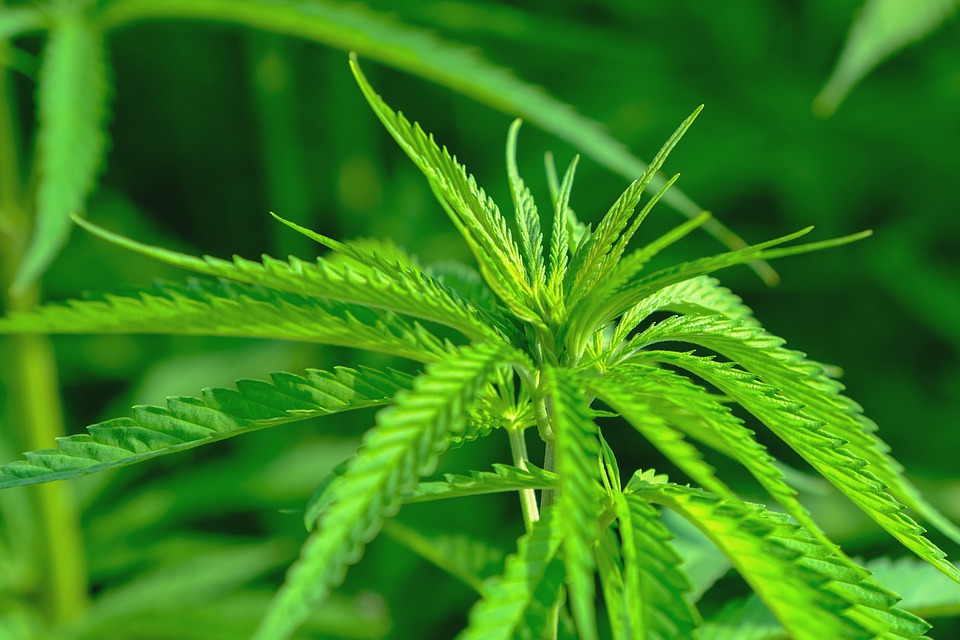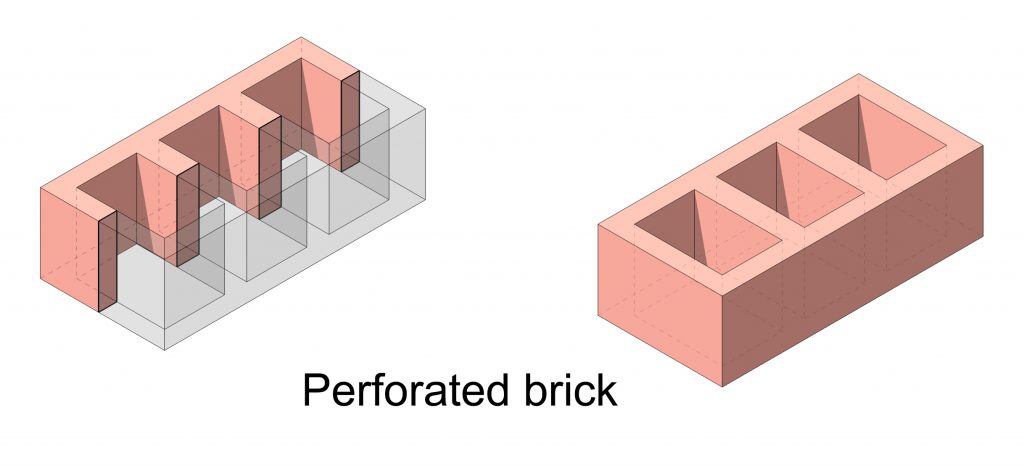Ecological materials are mostly composed of materials found in nature. They preserve the environment and reduce waste, both on the construction site and at the end of their life through recycling.
In your home, you are in permanent contact with certain materials, such as paints or floor coverings. You must therefore take special care in their choice. An ecological material must not contain any components that release toxic substances (such as formaldehyde or VOCs) in order to guarantee your health.
Ecological materials are now present in construction, in insulation systems but also in decoration. It’s not always easy to find your way through all these new proposals. Here are 5 examples of ecological materials to consider in your construction project.
1. All in concrete, but made of hemp

Hemp concrete is used in the construction of many elements:
– Houses;
– walls;
– partitions;
– slabs to be covered with a wooden floor, for example.
It is obtained from hemp wood, a light granulate, microporous hemp seed, which gives it its thermal performance, and natural binders such as lime.
Hemp concrete promises:
– a very good elasticity:
– a permeability to water vapor;
– a good acoustic absorption;
– a summer comfort that fully satisfies the new thermal regulations.
2. The perforated brick is gaining momentum

Perforated brick is more and more used in new constructions because it insulates much better than a cinder block or a simple clay brick.
During the firing of the clay, microbeads are added which melt and considerably increase the amount of air contained in the brick, resulting in high thermal and phonic performances.
Good to know: this very healthy material has a higher cost: it costs twice the price per m2 compared to a clay brick.
3. 80% air for aerated concrete blocks
Aerated concrete blocks are made from cement, lime, gypsum, sand and aluminum. Once mixed, these different ingredients give the cinder blocks their microporous qualities.
They contain 80% air and are therefore light, easy to install and perfectly insulating. Their natural components make them intrinsically non-polluting products.
Good to know: their rather high cost (about $100 per m2) is compensated by the savings made on insulation.
4. Wooden cinder block: 100% natural product
Aesthetically, wood cinder block looks like concrete but is five times lighter and 100% natural. It is a recent product, which appeared after the major storms of 1999, which made it possible to use scrap wood.
It is cut directly on the tree, without adding glue and shaped like concrete block on 4 sides, treated on the edges and ends.
It has many qualities:
– It is very easy to install: a few screws and nails are enough.
– It has good thermal and acoustic insulation qualities.
– The regulating action of the wood avoids humidity and condensation problems.
– Its resistance to loads and fire is very good.
5. Insulate with hemp wool
A material that encloses air between its fibers and cells has very good thermal performance. This is the case of hemp wool, which is increasingly used, particularly for low-energy consumption houses.
Hemp wool is an excellent product:
– it is 100% natural, light, strong and resistant;
– it is easy to use;
– Hemp wool is also a natural rodent repellent.
Its price is 3 to 4 times higher than glass wool or rock wool but it has the advantage of being very resistant to humidity, unlike glass wool. Moreover, it can be easily recycled at the end of its life.
You now know 5 ecological materials to carry out your work using healthy, environment-friendly and efficient materials!
You will be able to read even more in our next publication on 5 Environmentally Friendly Construction Materials (Part 2) in which we will tell you more about other ecological materials to build a 100% natural house!
Pingback: 8 Important Steps for Tiling a Cement Floor | Building construction blog